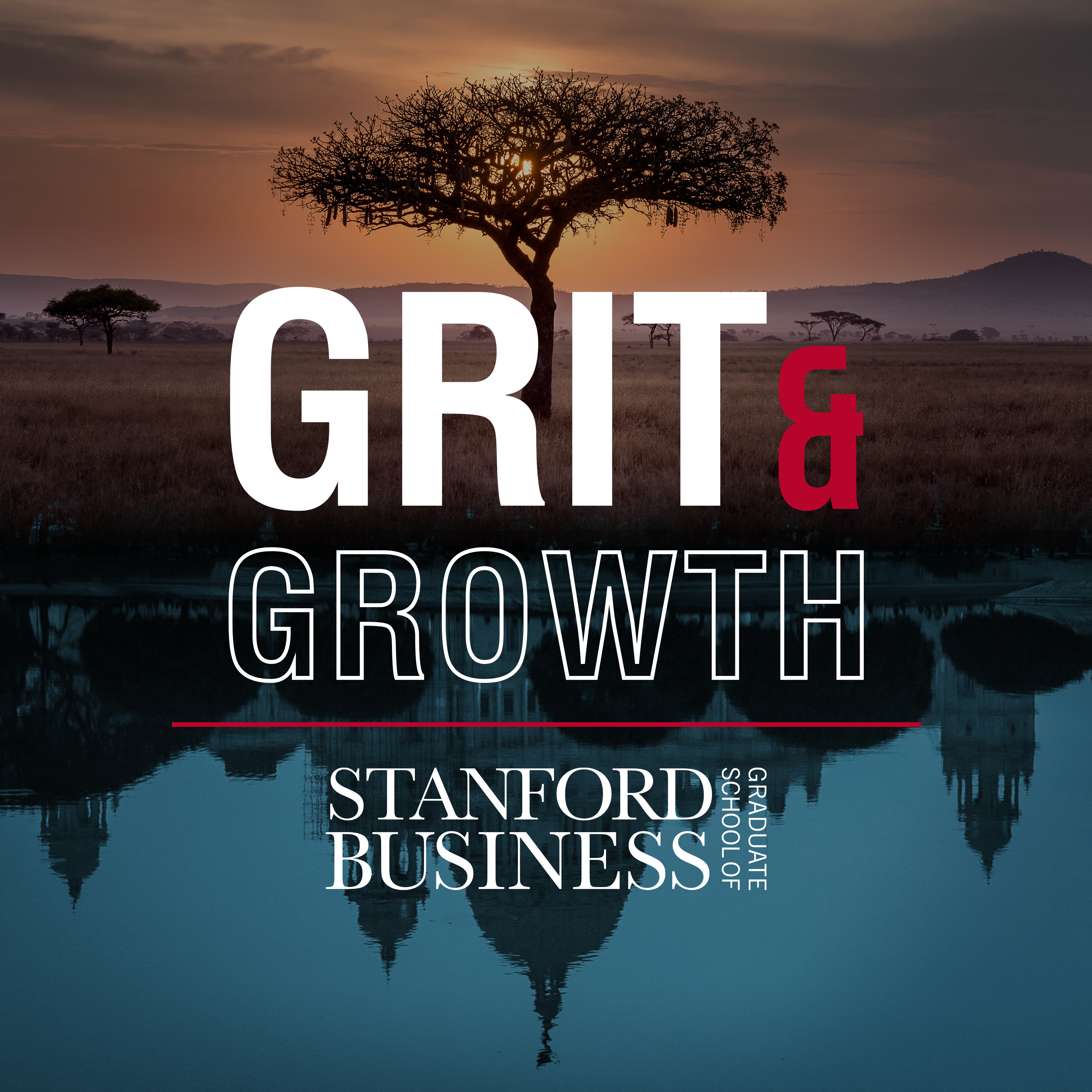

…
Grit & Growth
Meet intrepid entrepreneurs from Africa and South Asia, hear their stories of trial & triumph, and gain insights and guidance from Stanford University faculty and global business experts on how to transform today’s challenges into tomorrow’s opportunities. From securing investment and planning family succession, to mindful leadership and managing in adversity, you’ll learn firsthand from entrepreneurs and experts on how to develop the grit you need to grow your business — in times of crisis and calm. Walk away with actionable information, new perspectives, and fresh inspiration to take your business to the next level. Listeners can also take a deep dive into entrepreneurship with masterclass episodes featuring interviews with Stanford faculty and global experts. It’s a unique opportunity to hear about cutting-edge research, get practical business tips, and learn proven leadership strategies from some of the world’s leading thinkers and practitioners. Grit & Growth is brought to you by Stanford Seed, a Stanford Graduate School of Business-led initiative that partners with entrepreneurs in emerging markets to build thriving enterprises that transform lives. About The Host: Darius Teter is executive director of Stanford Seed, a Stanford Graduate School of Business-led initiative that partners with entrepreneurs in emerging markets to build thriving enterprises that transform lives. Darius has held leadership positions at Oxfam America, the Asian Development Bank and with the US Government where his experience included advising governments on economic policy, developing human rights programming, and financing infrastructure megaprojects across Africa, Asia and Latin America. All the while, he remained intrigued by the human experience and our universal drive towards growth and prosperity.
Meet intrepid entrepreneurs from Africa and South Asia, hear their stories of trial & triumph, and gain insights and guidance from Stanford University faculty and global business experts on how to transform today’s challenges into tomorrow’s opportunities. From securing investment and planning family succession, to mindful leadership and managing in adversity, you’ll learn firsthand from entrepreneurs and experts on how to develop the grit you need to grow your business — in times of crisis and calm. Walk away with actionable information, new perspectives, and fresh inspiration to take your business to the next level. Listeners can also take a deep dive into entrepreneurship with masterclass episodes featuring interviews with Stanford faculty and global experts. It’s a unique opportunity to hear about cutting-edge research, get practical business tips, and learn proven leadership strategies from some of the world’s leading thinkers and practitioners. Grit & Growth is brought to you by Stanford Seed, a Stanford Graduate School of Business-led initiative that partners with entrepreneurs in emerging markets to build thriving enterprises that transform lives. About The Host: Darius Teter is executive director of Stanford Seed, a Stanford Graduate School of Business-led initiative that partners with entrepreneurs in emerging markets to build thriving enterprises that transform lives. Darius has held leadership positions at Oxfam America, the Asian Development Bank and with the US Government where his experience included advising governments on economic policy, developing human rights programming, and financing infrastructure megaprojects across Africa, Asia and Latin America. All the while, he remained intrigued by the human experience and our universal drive towards growth and prosperity.
Progress
Duration
Release Date